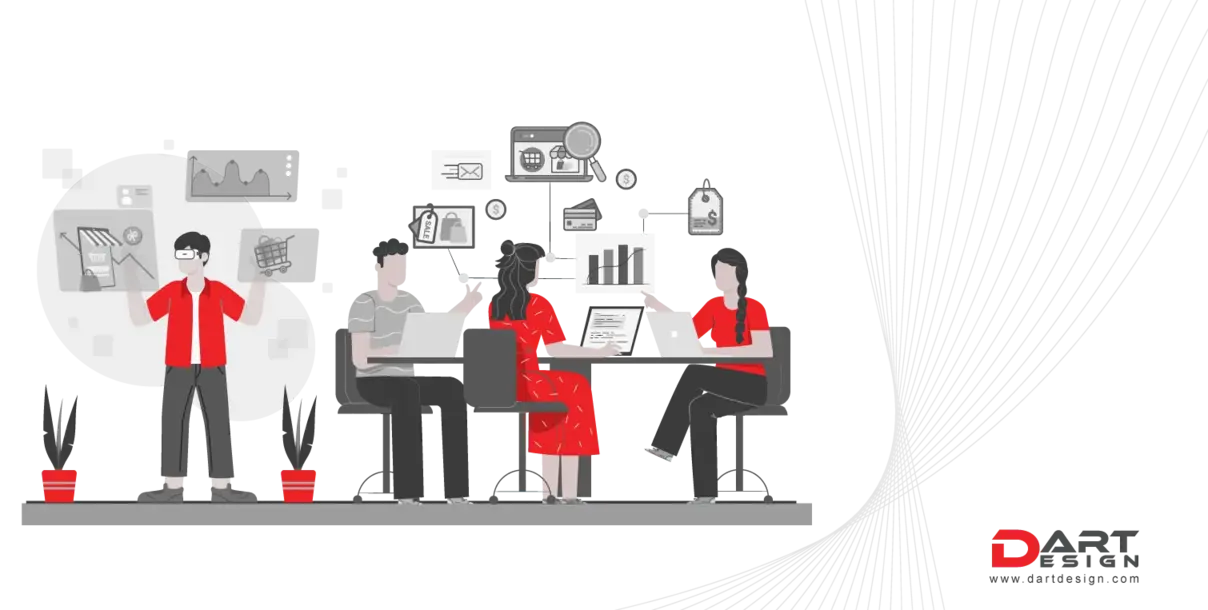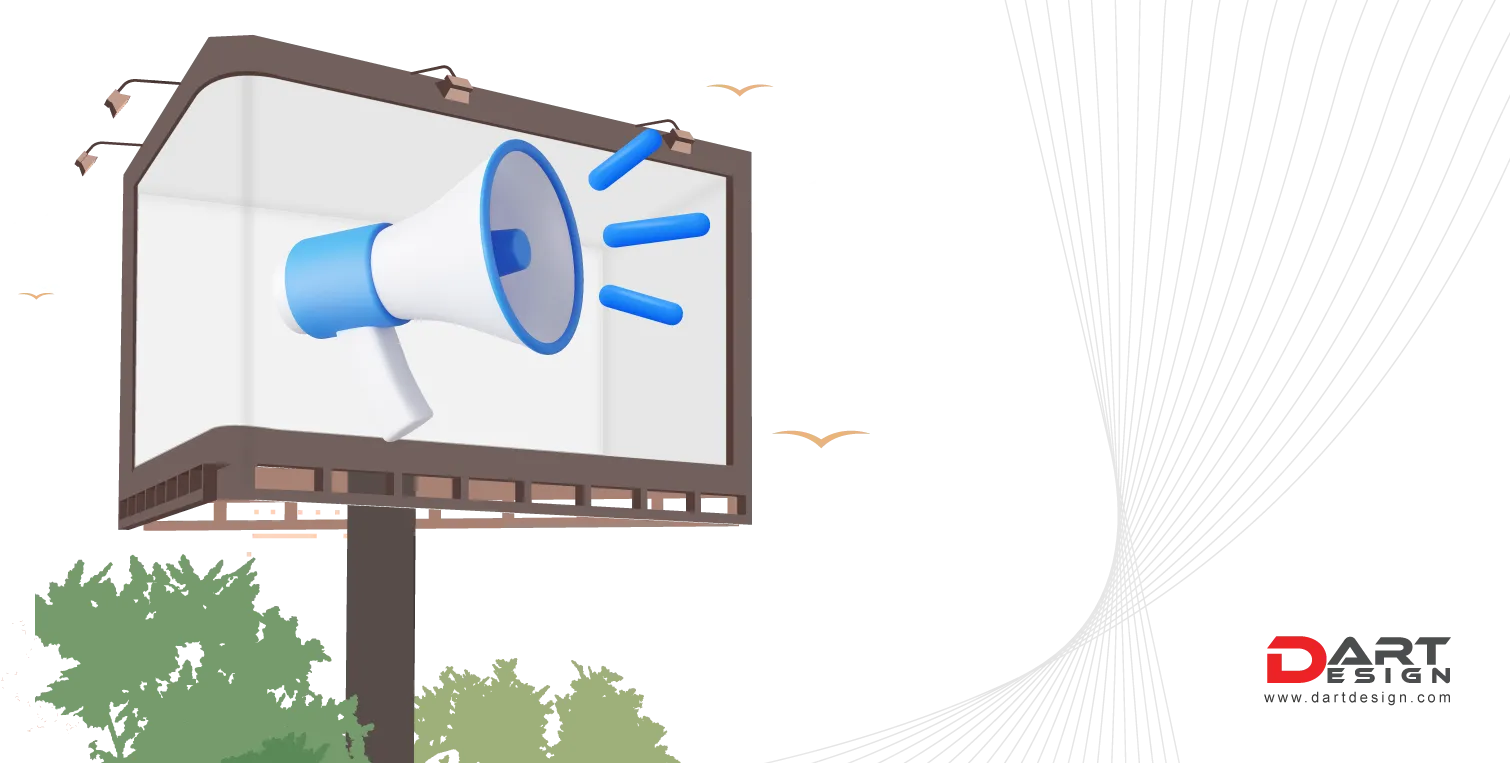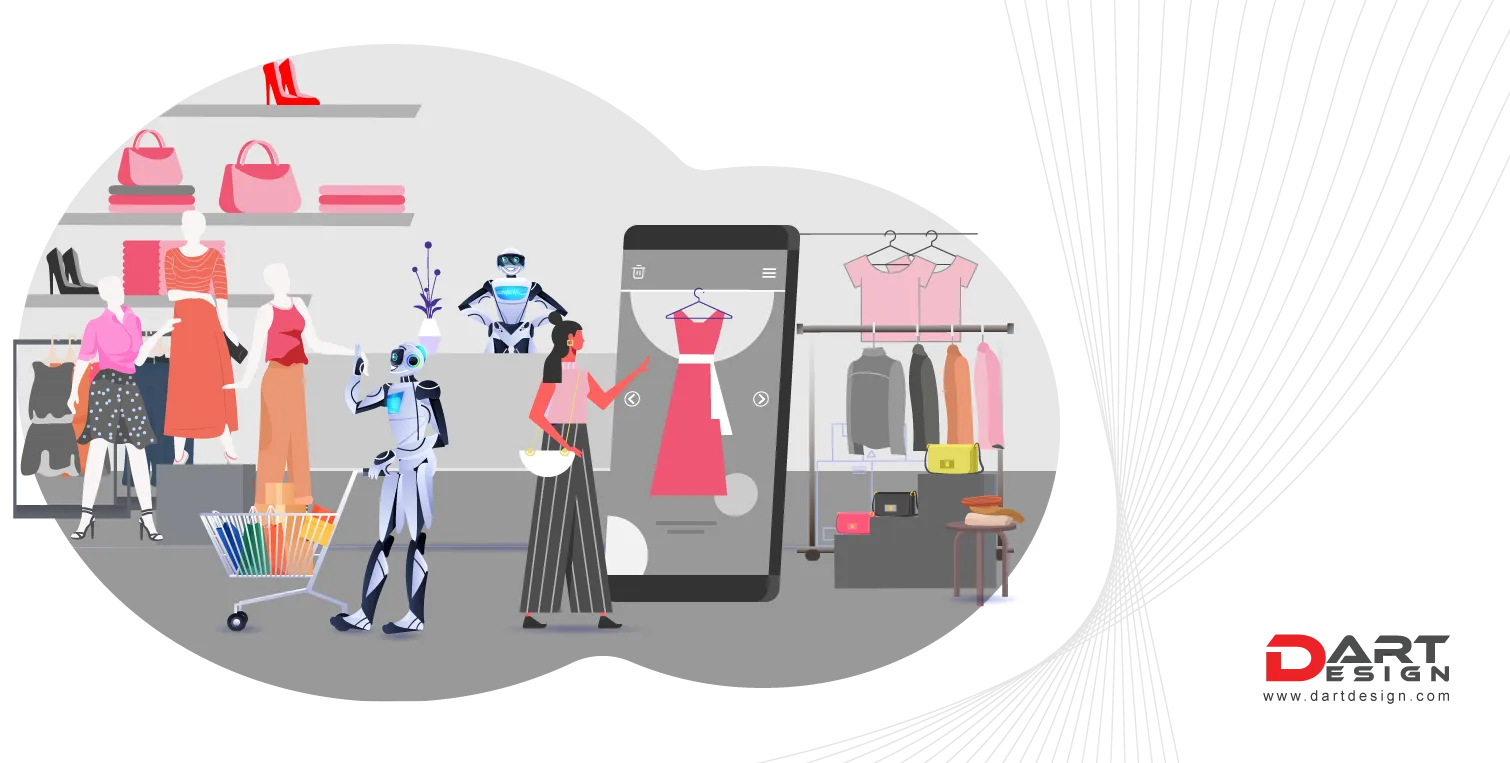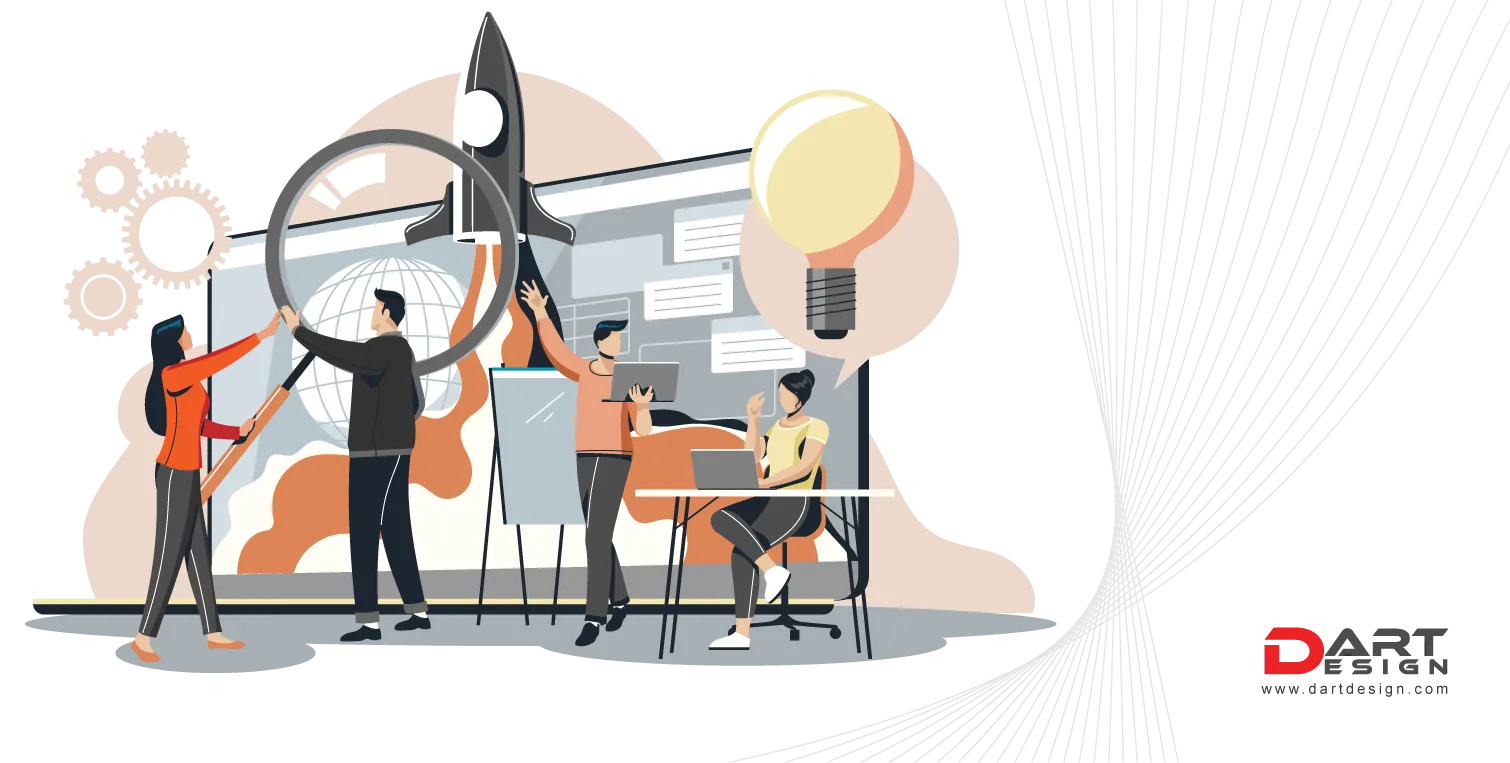Steve Jobs famously said, ‘Design is more than how it appears or feels. Design is the way it functions. It was beautiful to look at his company’s head-turning gadget that brought to mind the beautiful clean design of Dieter Rams. His “less is better” philosophy introduced to the masses a device that worked flawlessly and sparked the imagination of many with its promise of “1000 songs for your pockets”. The form is a direct reflection of the function.
There has been a lot of change since today’s famous keynote presentation Design is more complicated and dynamic than ever. In many ways, Modern Design in 2022 is the same as in the past in that it brings aesthetics and solves problems equally. In most cases, when design is appropriately done, it creates a fundamental change in a brand’s impression (relevance), the emotional response, and the people’s preference (difference).
So, what exactly is Modern Design, and how does it reflect the requirements of our times, businesses and brands?
The human centricity of the world and handling the paradox
The design has always reflected the current trend and an evolving and creative future perspective.
To do this, the most effective design should be human-centric, which recognizes the demands of society in general while focusing on the person in specific and sensitive ways.
Modern Design has to also deal with numerous paradoxes. We want confidence and enthusiasm, comfort and excitement, as well as the power of resonance and magic, from grand ideas that reflect the collective mood and the tiny details that are overlooked but can make an enormous difference in our lives.
In this way, we all react to the purpose and emotions of contemporary interior design.
The purpose is designed with intention and purpose
‘…by design’
Design’s emotion can cause you to react ‘…because of the design.’
A new landscape
The world we live in has been changed through technology, and we are verbally, visually and even audibly exposed to more than ever before design and interaction every day. If we’re not cautious, this can become overwhelming and chaotic as new interfaces and channels become accessible, which creates a higher expectation of how a company and its design appear.
When we were awestruck and looked at well-designed brands, we now sought to dive in and interact by swiping our screens to make our own choices about our products. We want to be more engaged and influential, and we would like to see the design be flexible enough to satisfy the desire. Brands are increasingly expected to be innovating. This means that brands’ looks will no longer be static and unchanging.
The world they are in changes constantly, and so do the style and branding. This is made clear due to the rise of the tech-savvy Gen Z and the emerging mindsets of Gen Alpha, who use brands and technology to navigate the virtual and physical worlds.
As brands shift towards a more organic and fluid existence, fueled by significant changes in society, technology and nature, this fluid world presents real opportunities and challenges for modern design…and the delivery of it.
The current times reflect that we are living in Artificial Intelligence; Brand ideas’ power is more important than ever before, and neither is their rapid implementation.
Inspiration and amplification
It has long been influenced by the current source of influence and inspiration, in addition to the various methods of production or amplifying.
Suppose your existence was defined by the necessity to hunt, eat and drink, and the only production source was a stick made of charcoal-charred wooden limbs and the natural color of your dye. In that case, you could be the artist who could draw the most descriptive cave paintings if you lived in the industrial age where the machine and the factory were everywhere within your reach. The only options for production included graphic printing and printing in industrial settings. You could comprehend the development in the Bauhaus movement that spawned furniture design, distinctive types, colors and materials previously unavailable to nature.
The current sources of inspiration and power come from the abundance and the need for worldwide awareness of the fragility of our planet and social inequality. Combine this with the growing popularity and expectations of the amplification and production of AR/VR as well as CGI (Computer Generated Imagery) and the expectations that companies should use sound, motion and all-sensorial experiences to remain relevant and bring their vision to reality. Therefore, while design has always been about simplifying and cutting down the amount of work required, the current range of inspiration and amplifying options available for Modern Design and brands requires the use of a specific set of skills to control and orchestrate an ever-changing and complex creative environment.
These thoughts lead us –
Modern Design in this complex world is still required to tread the boundaries of what it is and how it performs as a service of the brands it supports.
That brings us to a few crucial Modern Design questions to consider:
● What does your brand require to serve the world in the present?
● Can you adapt your brand enough to all new media and touchpoints?
● What aspects of your brand’s identity should you eliminate, enhance, and invest in?
We can assist. We can help. A space design agency is here for you. Flexible brands optimize and utilize an extensive collection of assets that span an array of media and the real world. It helps brands today to create an international coherence and an impact on the community and to be part of the community as they tell stories and fulfill their mission.




